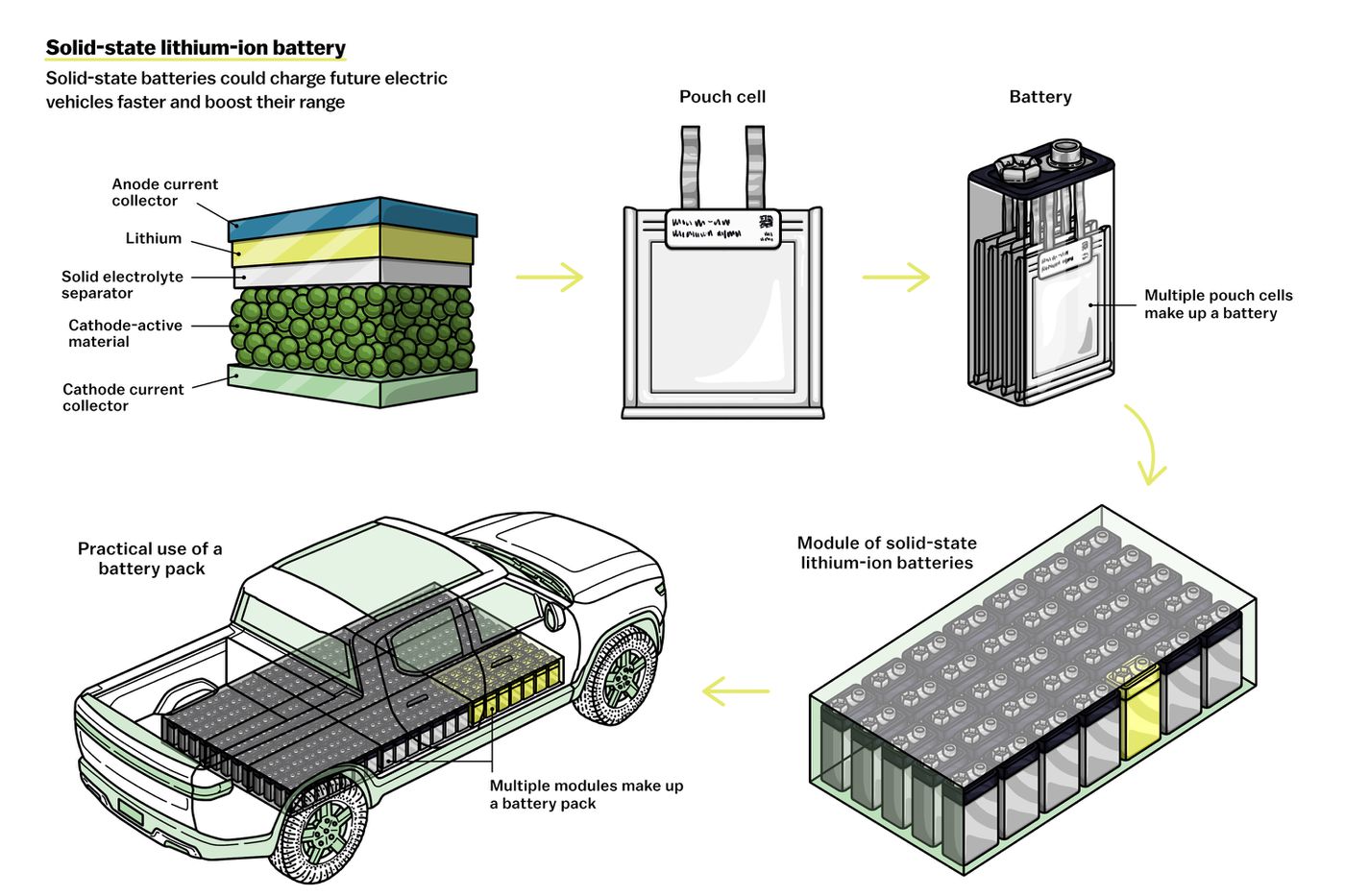Electric Car Batteries Made
Electric vehicle (EV) batteries are the heart of any electric vehicle. They power the motor and give electric vehicles the ability to travel long distances on a single charge. These batteries are made up of various components, each playing a critical role in the battery’s overall performance. In this article, we will explore how electric vehicle batteries are made.
// Here Are Some Steps about How Are Electric Car Batteries Made :-
1. The first component of an electric vehicle battery is the cathode. The cathode is the positive electrode in the battery, and it is made up of a mixture of metals, including nickel, cobalt, and manganese. These metals are combined in a specific ratio to create the desired chemical properties required for the battery. The cathode is coated onto a thin metal foil made from aluminum or copper, and this forms the basis for the electrode.
2. The next component is the anode, which is the negative electrode in the battery. The anode is typically made up of graphite, a type of carbon material that can hold a large amount of lithium ions. Similar to the cathode, the anode is coated onto a thin metal foil made from copper.
Are Plug-in (PHEV) hybrid vehicles leading to a new dieselgate?
3. The next component is the electrolyte, which is a solution that allows the movement of ions between the anode and the cathode. The electrolyte in an electric vehicle battery is typically made up of a lithium salt dissolved in an organic solvent. This solution must be carefully formulated to ensure that it is stable and non-reactive, as it will be in contact with both the anode and cathode.
4. The final component of an electric vehicle battery is the separator, which is a thin polymer sheet that sits between the anode and cathode. The separator prevents the two electrodes from touching, which could cause a short circuit. It also allows the movement of ions between the electrodes while keeping them separated. – Electric Car Batteries Made
5. Now that we have discussed the components of an electric vehicle battery, let’s explore how these components are assembled to create a working battery. – Electric Car Batteries Made
6. The first step in creating an electric vehicle battery is to coat the cathode and anode onto their respective metal foils. This is typically done by spraying a slurry of the electrode material onto the foil and then baking it in an oven to dry and solidify the coating. – Electric Car Batteries Made
7. Once the cathode and anode are coated, they are assembled into what is known as a “jellyroll.” The jellyroll is created by taking a long strip of the anode and cathode, layering them on top of each other with a separator in between, and then rolling the whole thing up tightly. The jellyroll is then inserted into a metal casing, which will serve as the outer shell of the battery. – Electric Car Batteries Made
8. Next, the electrolyte is added to the battery. This is typically done by injecting the solution into the metal casing through small holes. Once the electrolyte has been added, the casing is sealed shut to prevent any leaks or spills. – Electric Car Batteries Made
9. The final step in creating an electric vehicle battery is to test and package it. Each battery is subjected to a series of tests to ensure that it meets the required performance standards. These tests include checking the battery’s capacity, power output, and cycle life. – Electric Car Batteries Made
10. Once the battery has passed all of the required tests, it is packaged and shipped to the automaker for use in their electric vehicles. The packaging typically includes a number of safety features, including a sturdy outer shell and insulation to prevent overheating or short circuits.
In conclusion, electric vehicle batteries are made up of a variety of components, including the cathode, anode, electrolyte, and separator. These components are assembled into a jellyroll and inserted into a metal casing, which is then filled with electrolyte and sealed shut. The final battery is then tested and packaged before being shipped to the automaker for use in their electric vehicles.



